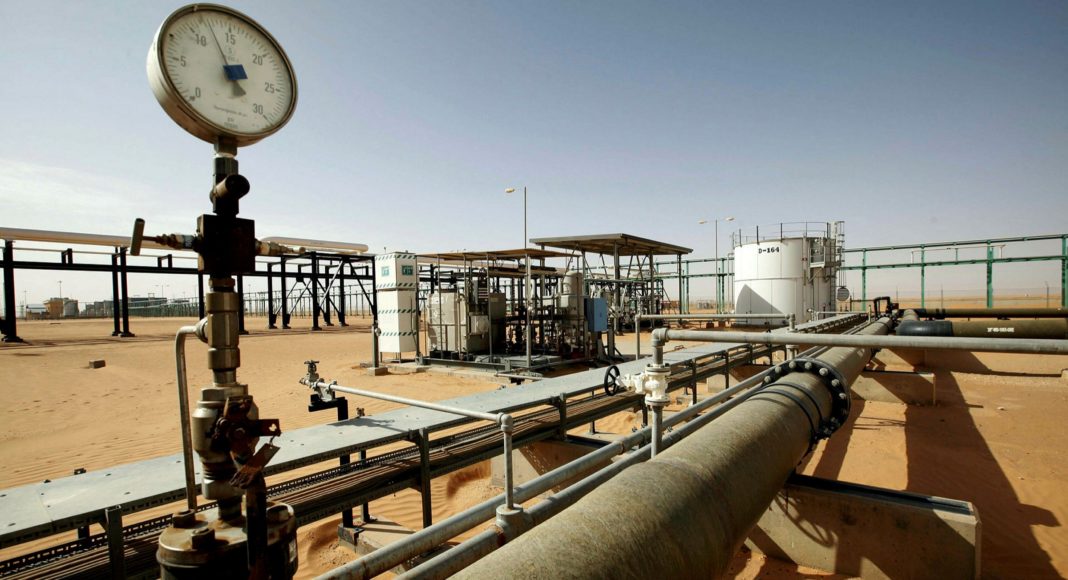(S&P Global Platts) Libyan crude and condensate exports are poised to jump to a 13-month high of 1.24 million b/d this month, according to S&P Global Platts estimates compiled using data from shipping and trading sources.
This comes as Libya’s oil production has undergone a rapid rebound of almost 1 million b/d in the past two months after the UN-backed Government of National Accord and the self-styled Libyan National Army agreed a truce.
Crude and condensate loadings from Libya in December are scheduled to average 1,237,419 b/d compared with 1,070,809 b/d last month.
The last time the OPEC member exported a higher number was in October last year, when loadings averaged 1.25 million b/d, according to Platts estimates.
The increase in exports was driven by a boost in loadings from the Es Sider, Zueitina, Bouri, Brega and Zawiya terminals.
The terminals of Ras Lanuf and Es Sider were the last two ports to reopen, and the fields that feed into these terminals were only restarted in November.
Robust demand
Libya holds Africa’s largest proven reserves of oil, and its main light sweet Es Sider and Sharara export crudes yield a large proportion of gasoline and middle distillates, making them popular with refineries in Europe and China.
Demand for Libyan crude remains robust, sources added. Refiners had quickly snapped up the faster-than-expected 1 million b/d rise in Libyan crude production indicating firm demand for its light, sweet crudes, they said.
Libyan crude has largely cleared in Europe with some barrels are also moving to China.
Grades such as El Sharara, Es Sider, Sarir and Mesla have been attractive to these refiners as they remain more competitively priced than some other light sweet barrels, particularly long-haul grades.
Libyan crude production has been on a steep upswing in the past three months after its output had slumped to less than 100,000 b/d as an eight-month blockade temporarily crippled the oil sector.
On Jan. 18, eastern tribes, supported by the LNA, halted exports from five key oil terminals, which reduced the country’s crude production to its lowest since the 2011 civil war.
Libya’s oil production then slumped to as low as 70,000 b/d from around 1.1 million b/d before the blockade.
The country’s oil terminal and fields are now fully open after the blockade was lifted by the LNA in mid-September.




